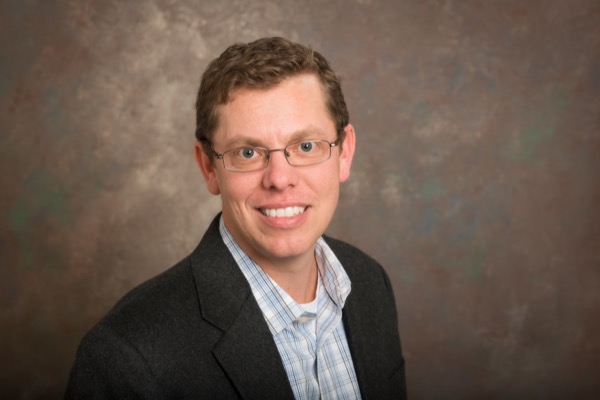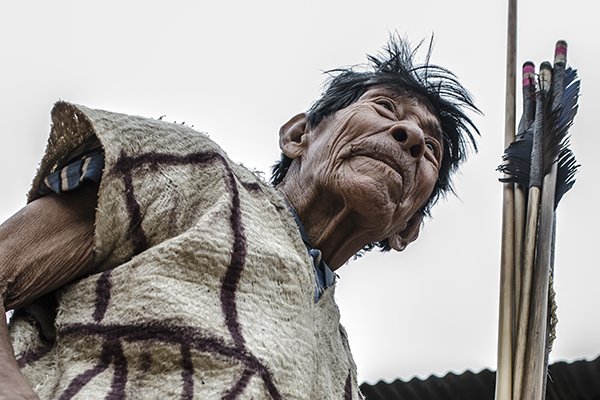


New 'Explorer'
Faculty member earns 'National Geographic Explorer' designation
3:07 p.m., June 10, 2015--Jon Cox, assistant professor of art who was the University of Delaware project manager for a multidisciplinary team that focused on documenting the culture of the indigenous Ese’Eja people of Peru, has been named a “National Geographic Explorer.”
The designation recognizes the contributions of a wide-ranging group of researchers and others who have made their marks in exploration and discovery. The list of National Geographic Explorers encompasses such specialists as ocean explorers, geneticists, elephant researchers, conservation biologists, archaeologists, filmmakers and linguists.
Global Stories
Fulbright awards
Peace Corps plans
The Ese’Eja project included a three-week expedition to the Amazon rain forest in spring 2014, in which UD students, faculty and other team members performed “cultural mapping” to explore the hunting, gathering and fishing community.
The Ese’Eja’s numbers have plummeted in recent years, and their traditional culture is threatened by development, industry and restricted access to ancestral lands.
Team members documented aspects of the community through photographs (Cox is a photographer) and video, oral histories about the daily lives of the Ese’Eja and maps created from GPS coordinates.
One result of the project has been a video titled “The Ese’Eja: From a Cotton Thread in the Sky to Protectors of the Amazon.” The title refers to the traditional belief that the Ese’Eja people traveled down to Earth on a cotton thread. The video, hosted on the National Geographic website, can be viewed via a link on the overall project website, “The Ancestral Lands of the Ese’Eja—The True People,” at www.eseeja.org.
The cultural mapping team also returned to UD with about 70 objects the community provided, including bark cloth, carved wooden bows, a necklace of wild-pig teeth and drawings by Ese’Eja elders illustrating their traditional creation story. The artifacts have been documented by UD’s Department of Art Conservation and will become part of an exhibition planned for fall 2016.
Cox, who previously contributed photographs for a book about another endangered group, the Hadzabe people of Tanzania in East Africa, is profiled on the National Geographic Explorers website, where an interview with him is available.
Article by Ann Manser
Photos by Evan Krape and courtesy of Jon Cox









